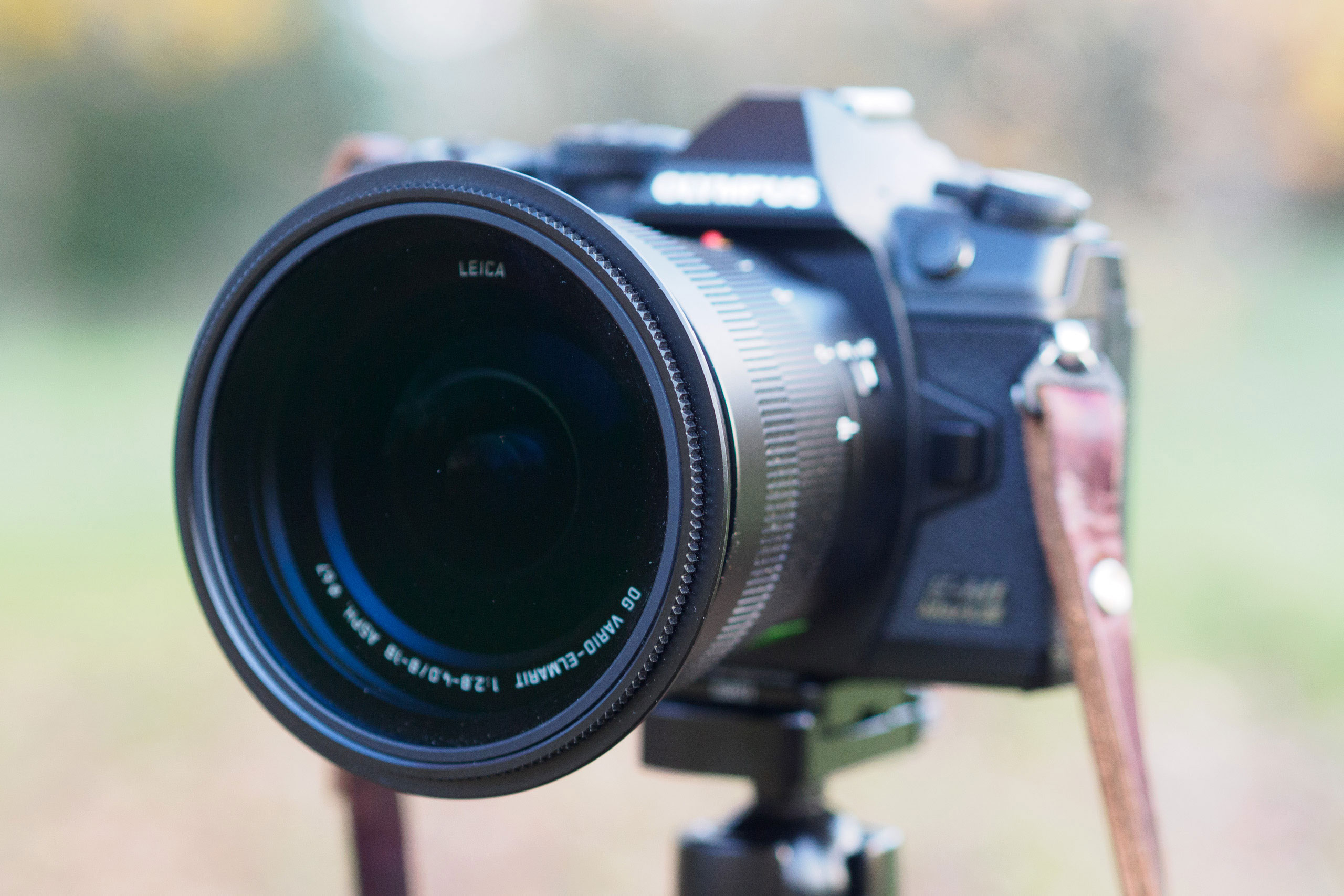Formatt Hitech Onyx 85mm Seascape Kit at a glance:
- £345
- Employs 85mm-wide tempered mineral glass filters, with water-repellent and anti-reflective coatings
- Introduces Formatt Hitech’s first 85mm glass hard-transition neutral density graduated filters
- Kit includes circular polariser, 6-stop ND, and 3-stop hard and soft ND graduated filters
- Should work with lenses with threads up to 77mm, and as wide as 17mm equivalent
Photographers whose memories stretch back to the 1980s will doubtless remember the old Cokin Creative Filter System, and the dubious charms of tobacco grad and starburst filters. These days, thanks to a combination of changing tastes and the power of Photoshop, most such image-modifying filters have disappeared from the market. But some still provide useful creative effects which can’t be replicated in software.

Formatt Hitech’s Onyx 85mm Seascape Kit includes a polariser, 6-stop neutral density, and 3-stop hard and soft ND graduated filters
Foremost are polarising, neutral density (ND) and ND graduated filters, which can be used to control reflections, lengthen shutter speeds for creative blur, and balance bright skies against dark foregrounds, respectively. All count as important tools for landscape photography in particular. ND grads work best as part of a square filter system using a holder that attaches to the front of your lens, but a set of high-quality 100mm-wide glass filters can easily cost as much as a nice lens.
Formatt Hitech’s 85mm system takes a more affordable approach, with filters that are the same size as the old Cokin ‘P’ format. It fits lenses with filter threads up to 77mm in diameter, and with angles as wide as 17mm equivalent. It should be particularly attractive to photographers who use APS-C or Micro Four Thirds cameras, or those who prefer to work with lightweight kit.
What’s in the Box?
Formatt Hitech’s Onyx 85mm Seascape Kit is built around a filter holder set that includes a 77mm Firecrest circular polarising filter, a 77mm adapter ring and step-up rings for 72mm, 67mm and 58mm threads, all in a nylon carrying pouch. You get three Onyx filters in a separate pouch: a 6-stop ND, 3-stop soft ND grad and 3-stop hard ND grad.
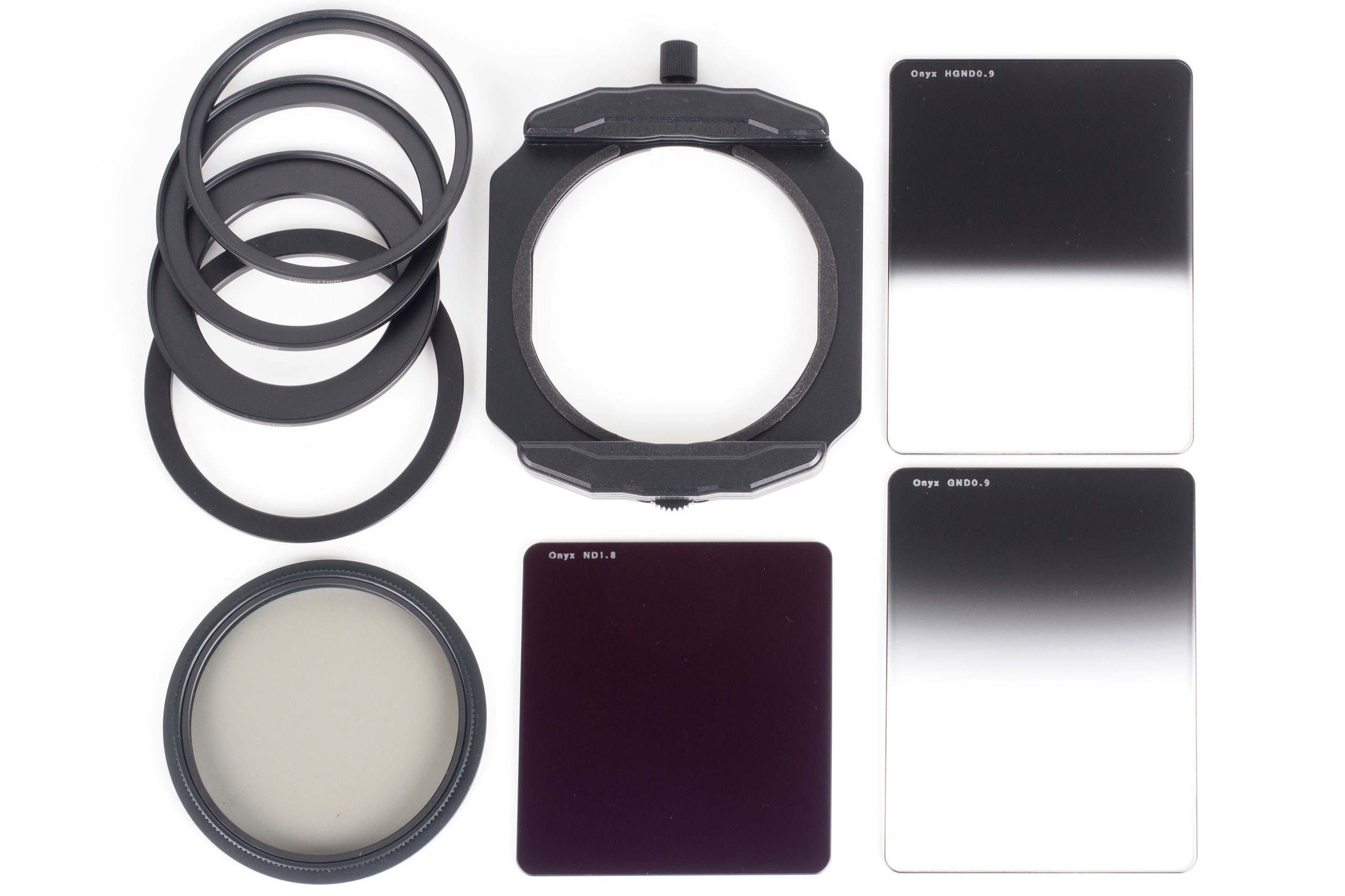
The full kit includes a 77mm filter holder adapter ring, along with 72mm, 67mm and 58mm step-up rings
A nicely illustrated booklet explains the use of each filter and includes practical tips from Formatt Hitech Ambassadors for shooting beside the sea. At £345, the kit represents a handy £61 saving compared to buying the holder and filters separately.
New premium Onyx filters
I’ve previously tested Formatt Hitech’s 85mm system in the form of the Firecrest ND Starter Kit, which comprises the holder set along with 6-stop ND and 3-stop ND grad Firecrest glass filters. But the firm has recently launched a new Onyx line of premium filters. Initially, the range comprises 3-, 4-, 6- and 10-stop 85x90mm NDs , and 2- and 3-stop 85x110mm hard and soft grads. This range of densities is sure to expand in future, given that the current Firecrest range includes ND filters from 1 to 16 stops, and grads up to 5 stops. Formatt Hitech also plans to make 100mm Onyx filters in due course.
Onyx filters are constructed from toughened mineral glass with multi-coating on both sides, including a new anti-reflective coating and the firm’s latest Super Waterproof coating for use in challenging weather conditions and environments. Despite this, they command a relatively small premium over the older Firecrest range, with ND filters costing £89 each compared to £84.59, while grads are £99 rather than £91.95.

The new Onyx filters are designed for use with Formatt Hitech’s Firecrest 85mm holder kit shown here, but will also fit into other 85mm systems including LEE85 and Cokin P Evo.
One welcome addition is that the Onyx range now includes ND grad filters of the ‘hard’ type, which have a much more abrupt transition between their dark and clear sections compared to soft grads, as you can see in the picture above. This makes them useful for balancing a bright sky against a dark foreground when there’s a well-defined straight horizon (most obviously, with seascapes). As yet there are no reverse grads, which can be useful when shooting at sunrise and sunset, but Formatt Hitech does sell cheaper resin versions. High-quality glass alternatives can also be bought from LEE filters and Cokin.
Lens compatibility
Inevitably, 85mm filter systems can’t be used with quite such wideangle lenses as their 100mm counterparts, without the filter holder intruding into the image area. In practice, though, the Formatt Hitech holder will usually work with lenses as wide as 17mm equivalent without any vignetting, at least when the holder is set straight.
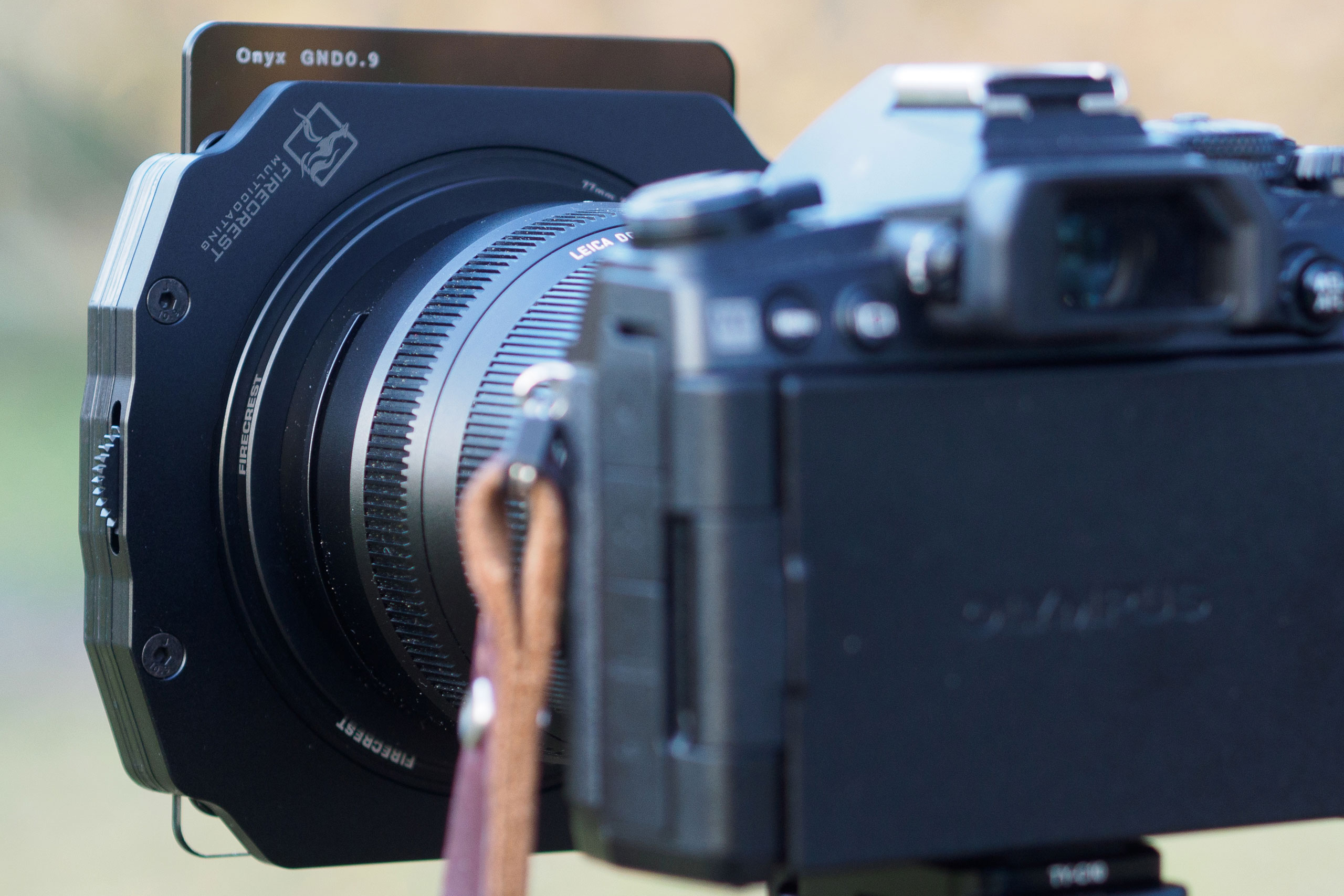
The system shows no vignetting when used with the Panasonic Leica DG 8-18mm F2.8-4 for Micro Four Thirds.
It’s also fine with some wider lenses; for example, I saw no vignetting with either the Canon EF-S 10-18mm f/4.5-5.6 IS STM or the Panasonic Leica DG 8-18mm F2.8-4, which are both 16mm equivalent and have 67mm threads. If you need to angle an ND grad to deal with a sloping horizon, you may have to zoom in a little further, but you can expect to be able to rotate the holder freely at a 19mm equivalent setting.
During the course of this review, I tested the kit with Micro Four Thirds, Canon APS-C DSLR and Sony full-frame mirrorless setups. While it’s best suited to crop sensor cameras, simply because they tend to use smaller lenses, it’s also workable on full frame, albeit with a few more limitations.
For example, when using a 77mm-threaded standard zoom such as a 24-105mm f/4 at its widest setting, the design of the polariser means that you might see a little corner vignetting, and the filter holder can impinge on the image when it’s set to an angle. But if you’re prepared to work around such limitations, and don’t use large aperture zooms or often shoot at ultra-wide angles, it should be fine.
Formatt Hitech’s 85mm system: how it works
Formatt Hitech’s 85mm system has an unusual design, in that the filter holder clips directly onto the matched 77mm polarising filter. A small wheel set into the holder can be used to adjust the polarisation angle from behind the camera, and for those occasions when you don’t want to use the polariser, a blank 77mm adapter is included.
For lenses with smaller filter threads, step-down rings are employed, with 72mm, 67mm and 58mm examples supplied in the box. Overall, this approach works quite well, with the main drawback being that swapping out the polariser or transferring the holder between lenses is a relatively slow and awkward process.

The filter holder clips directly onto the polariser. Here you can clearly see the foam rubber light seal and the small geared wheel that’s used for adjusting the polarisation angle.
The idea is for neutral density filters to go into the slot closest to the camera, where they can benefit from a foam rubber seal on the face of the holder to prevent light leakage. Previously this required precise positioning of the filter to be most effective, but the Onyx NDs are slightly longer than their Firecrest counterparts (at 90mm rather than 85mm), which means they don’t have to be placed quite as accurately. The holder design has also been tweaked to provide a larger sealing area at the top and bottom. This may be a minor detail, but it’s always good to see companies evolving and improving their designs.
By default, the holder is built with two slots, with the ND grad intended to fit into the front one. Parts are supplied for expanding it to take a third filter, but this will narrow the widest-angle lens you can use. However, it could be handy if you wish to stack ND filters for longer exposures, or use the firm’s Nightscape filter to combat light pollution.
In practical use
Comparing the new Onyx filters side-by-side with their Firecrest counterparts reveals some clear improvements. Their anti-reflective coating is visibly more effective, which should result in higher contrast when using multiple filters, especially with strong NDs.
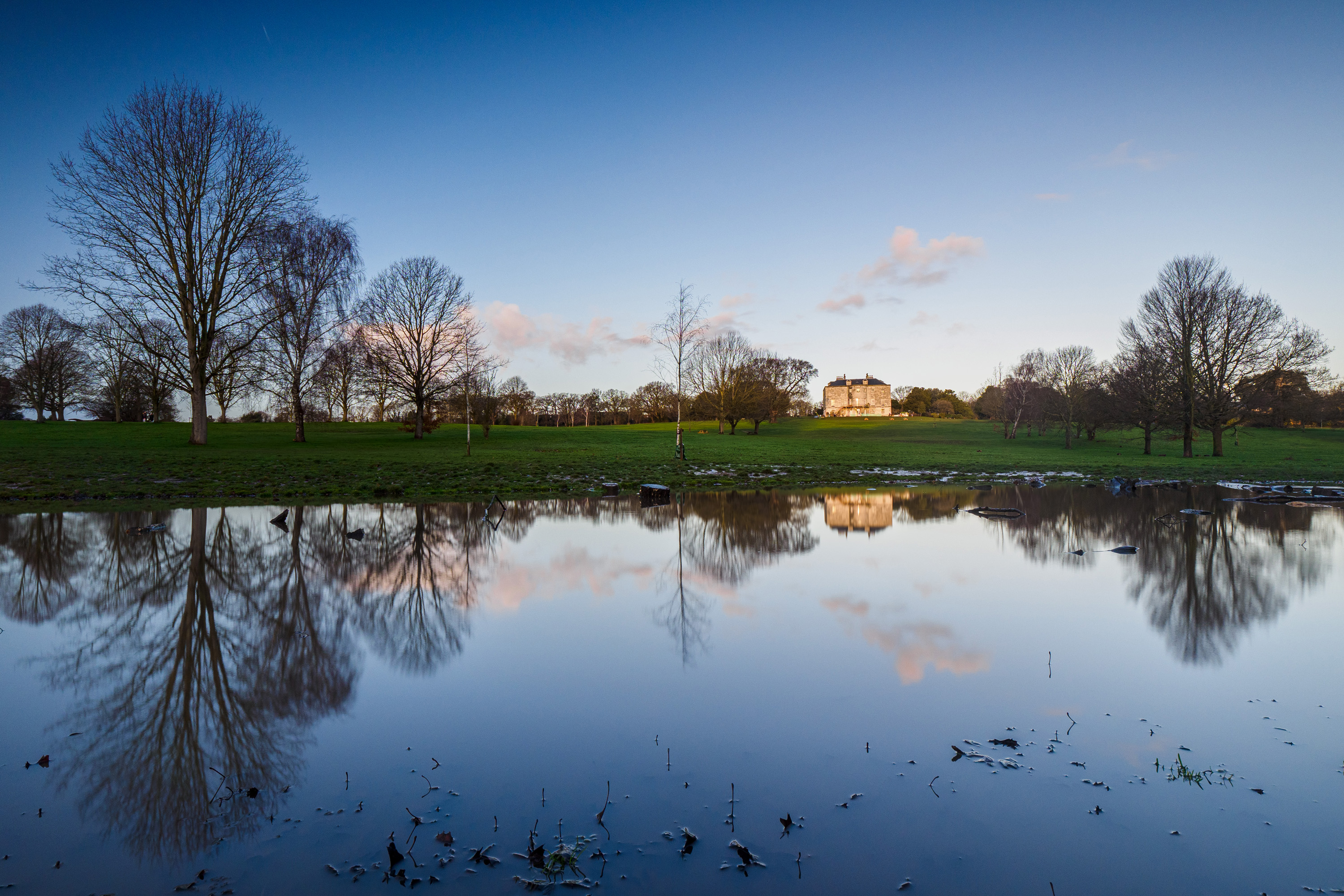
The Onyx filters give excellent results with no detrimental impact in image quality. Olympus OM-D E-M1 Mark III, Panasonic Leica DG 8-18mm F2.8-4 at 8mm, 1.3sec at f/5.6, ISO 200. Polariser, 6-stop ND and 3-stop soft ND grad
Photographing a colour test target through 6-stop NDs revealed the Onyx to be measurably more neutral, although the Firecrest’s minor blue shift of about 500K only requires a simple white balance correction anyway. In terms of shape, the Onyx filters have more rounded corners, which makes them easier to slide into the holder. Last but not least, they’re easy to keep clean, often needing no more than a wipe with a microfibre cloth.
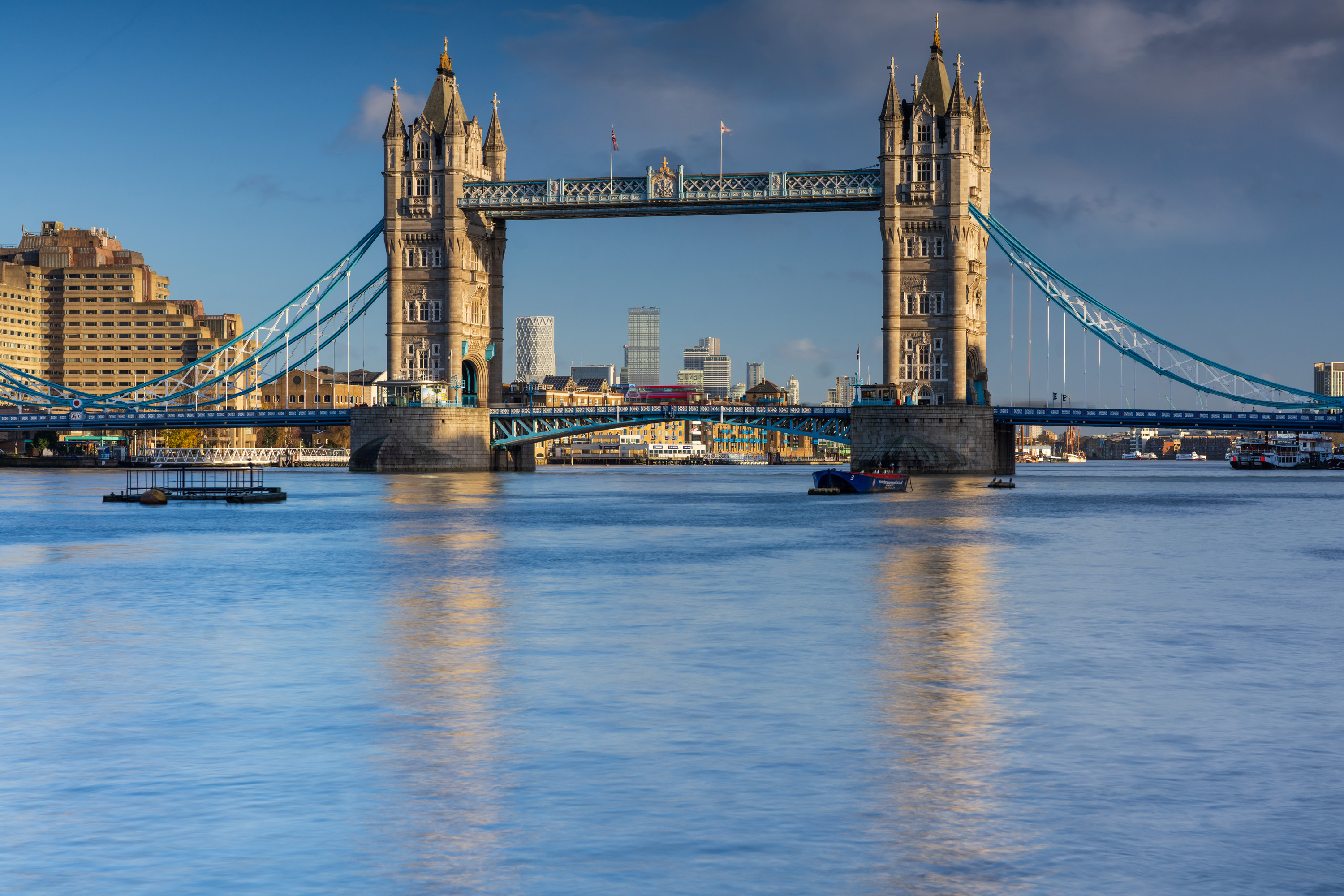
Here I used the polariser to enhance reflections, the ND to smooth the water, and the grad to tone down the sky. Sony Alpha 7R IV, Sony FE 24-105mm F4 G OSS at 63mm, 1.3sec at f/8, ISO 100
Overall, the filters do their jobs extremely well. The 6-stop ND is great for smoothing moving water while still providing a sense of texture, rather than reducing it to an abstract blur like 10-stop ND filters can. The soft grad is perfect for balancing bright skies to match a darker foreground without looking too obvious. Likewise, the hard grad behaves just as it should. Unfortunately, though, Covid lockdown rules precluded me from shooting any seascapes, which is where it should really come into its own.

With soft grad. Fujifilm X-S10, Fujifilm XF 18-55mm F2.8-4 R LM OIS at 25mm, 0.5sec at f/5.6, ISO 160
This comparison illustrates the difference between the soft and hard grads. In the version above, I used the the polariser to enhance reflections, the ND to smooth the water, and the soft grad to balance the brightness of the sky with the foreground. In the version below, you can see how the hard grad darkens the top part of the image without introducing any colour cast, but this also includes the trees and the mansion. It doesn’t really work aesthetically, but that’s entirely to be expected with this scene.
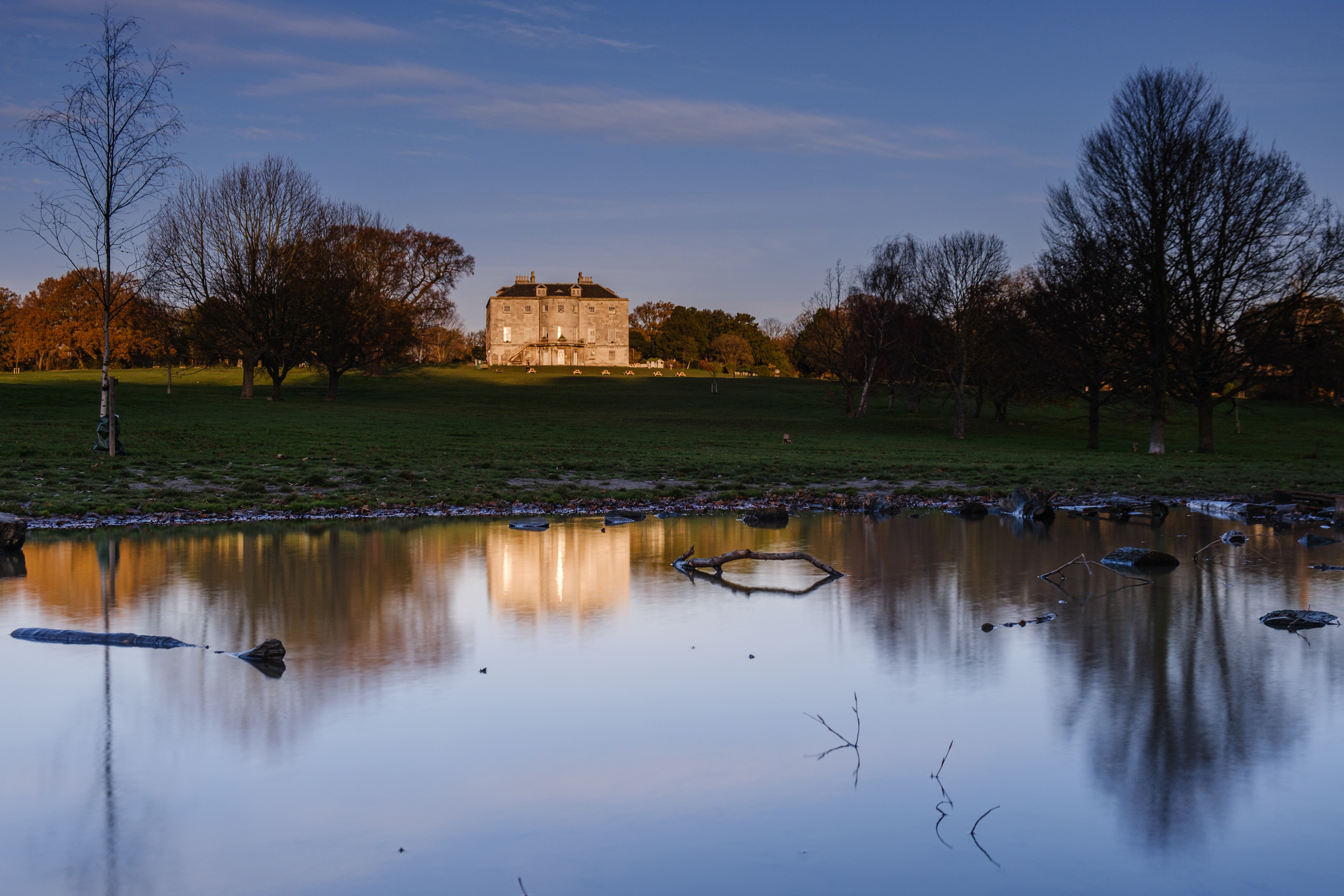
With hard grad. Fujifilm X-S10, Fujifilm XF 18-55mm F2.8-4 R LM OIS at 25mm, 0.9sec at f/5.6, ISO 160
To determine whether the filters have any negative impact on image sharpness, I compared a series of files shot side-by-side, initially with no filter and then progressively adding the polariser, soft grad and 6-stop ND. For this I used the 61MP Sony Alpha 7R IV, which is the highest-resolution full-frame camera currently available. Impressively, pixel-peeping the files in Photoshop revealed that the filters had no visible impact on detail rendition.

These 100% crops taken from 61MP Sony A7R IV files with no filters (left), and the polariser, ND and ND grad (right), reveal that the filters have no obvious negative impact on detail rendition.
In fact, my biggest gripe lies with the carry cases. There’s absolutely nothing wrong with their quality, but both are much larger than they need to be. The one for the holder somehow contrives to be larger than the pouch that the firm supplies with its 100mm holder, while the filter case is a couple of centimetres wider than necessary, and would take 12.5cm square filters. It offers really good protection, I’d prefer something less bulky.
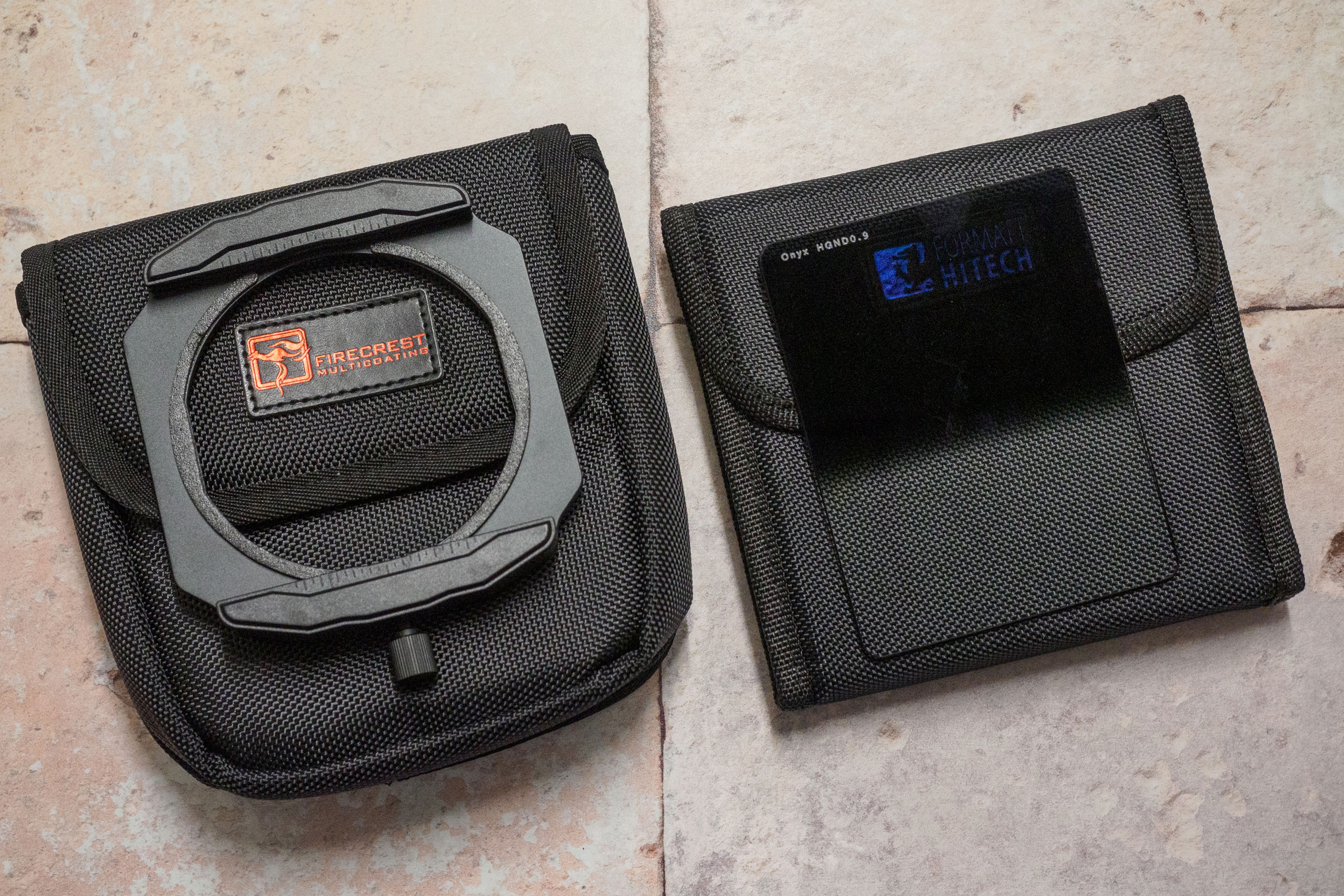
The kit has separate cases for the holder and the Onyx filters, but both are less svelte than they could be
This is an unfortunate oversight given that one key attraction of 85mm systems should be their small, travel-friendly size. Neither pouch has any means of attaching it to a belt or strap, either, which means you have to squeeze them inside your camera bag (they’ll only fit in the largest coat pockets). I’d much prefer to have a single field case for both the holder and filters that could be attached to your bag or tripod, which would be much easier to work from.
Verdict
Formatt Hitech’s 85mm system was already a fine choice for photographers seeking a travel- and budget-friendly filter option, but the launch of the Onyx filters raises it to another level. They really are very good indeed, with superb quality glass that won’t appreciably degrade image quality, even when used with high-resolution sensors. They also deliver their promised optical effects without any troublesome white balance shift or loss of contrast.
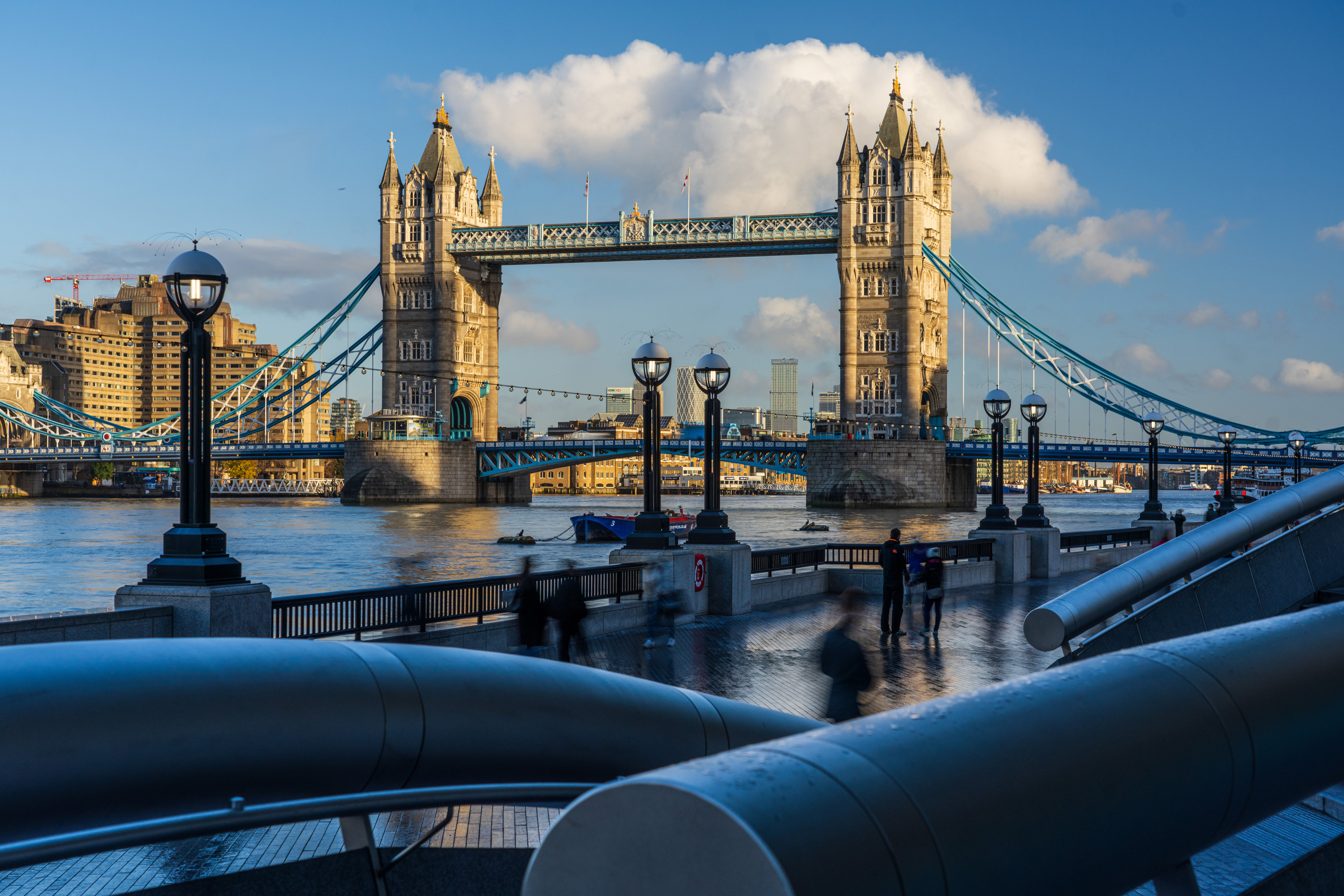
Here I used the ND to introduce motion blur on a bright day, exploiting image stabilisation to shoot hand-held. Sony Alpha 7R IV, Sony FE 24-105mm F4 G OSS at 52mm, 0.5sec at f/8, ISO 200
Without any doubt, the Onyx filters are a clear improvement on the older Firecrest range, and well worth their higher price. But the Firecrests were already very good indeed, so I’m not convinced the difference is sufficient for existing users to buy a new set of filters, aside perhaps from those who’d like to stack NDs.
By their nature, 85mm filter systems provide less flexibility than their more fashionable 100mm counterparts, but in their favour, they’re much more portable and affordable. They’re a great choice for owners of APS-C or Micro Four Thirds cameras in particular, but not out of the question for full-frame users who prefer to use smaller lenses such as f/4 zooms.
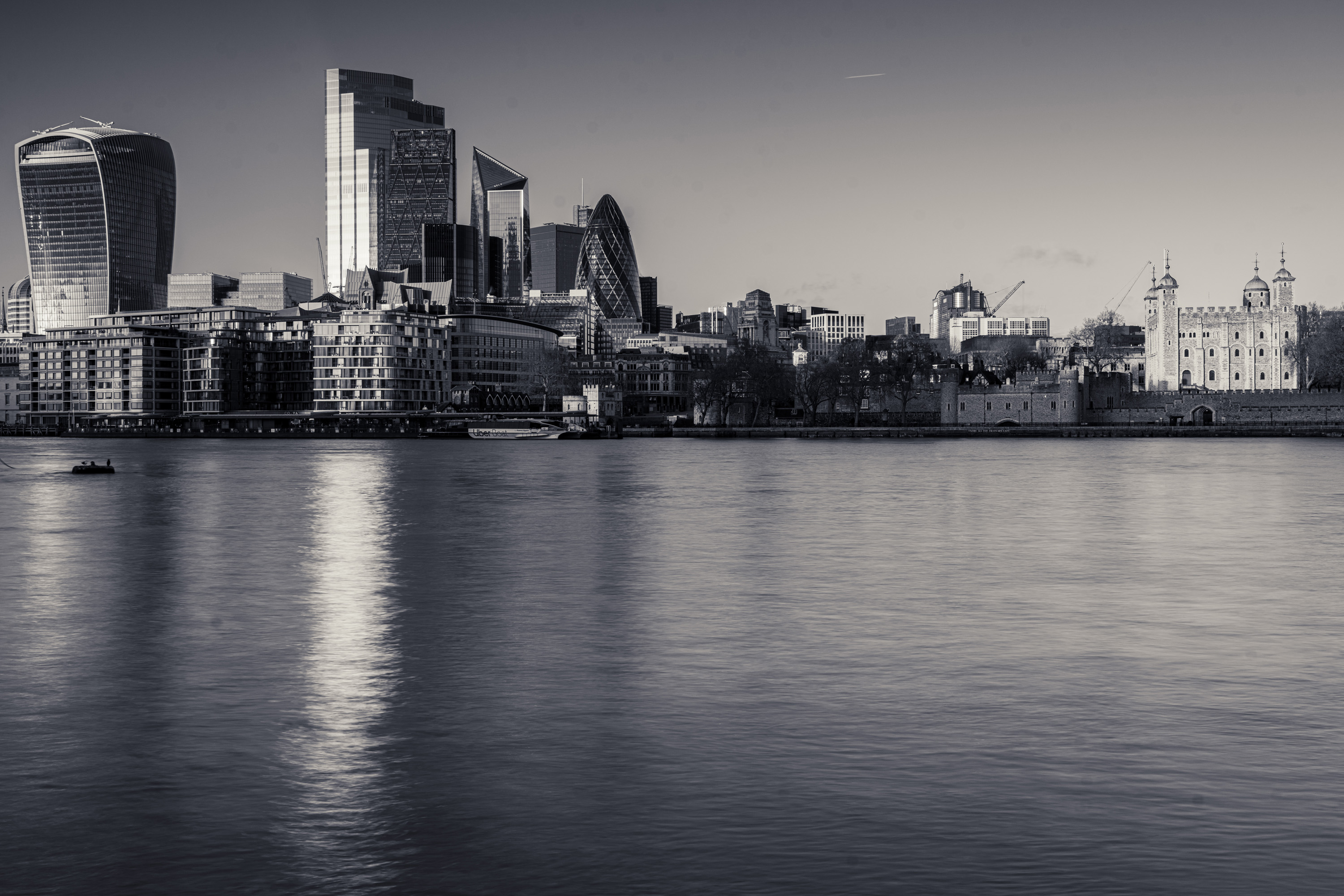
Sony Alpha 7R IV, FE 24-105mm F4 G OSS at 31mm, 2sec at f/11, ISO 100. Polariser, 6-stop ND, 3-stop soft grad
In summary, Formatt Hitech’s Onyx Seascape Kit is well chosen for its intended purpose and represents good value for money. It can also be used for more general landscape photography, although photographers who don’t often shoot at the coast may find relatively little use for the hard grad.





